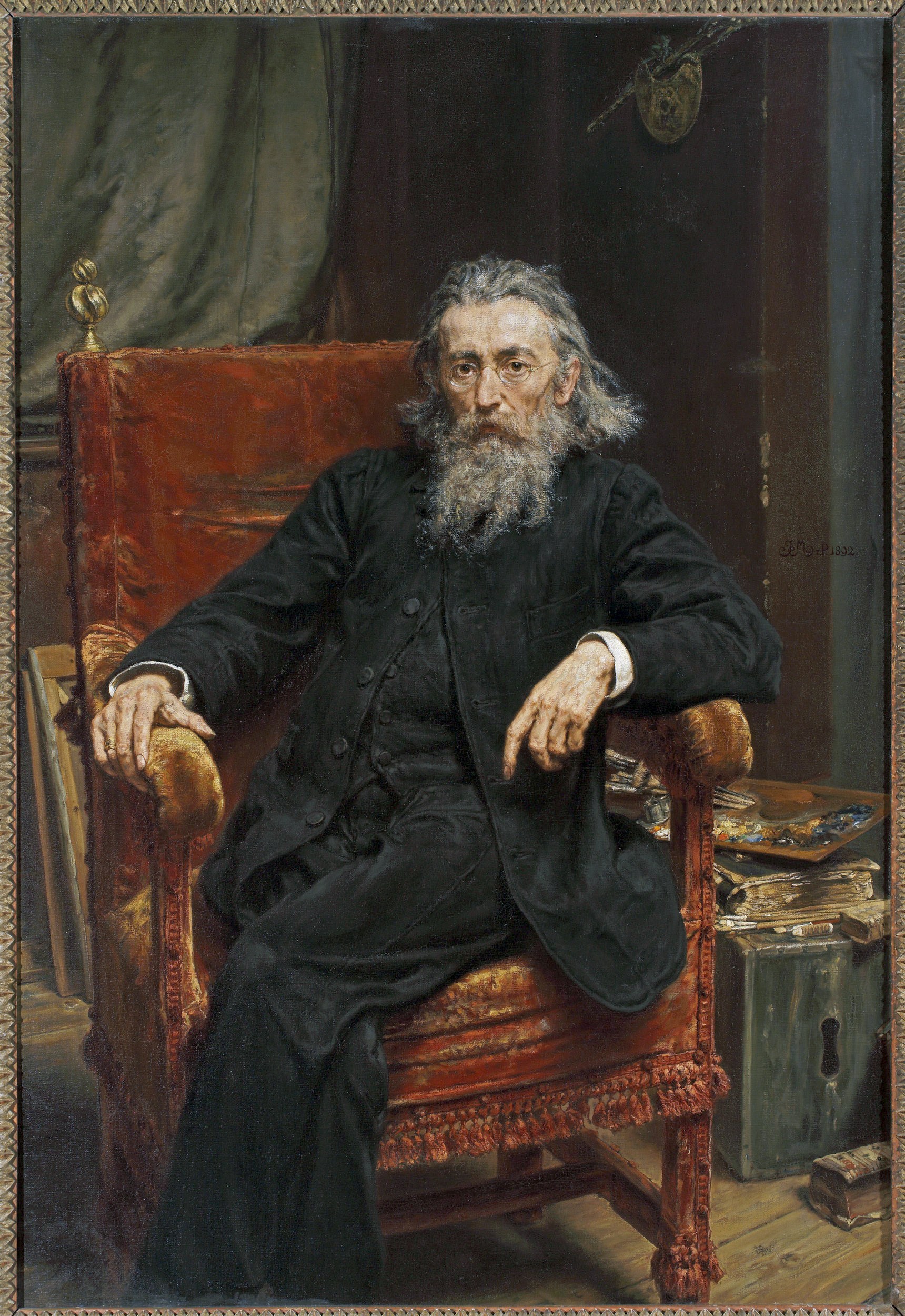In the landscape of 19th-century historical painting, the works of Jan Matejko became the most famous artworks in Polish art. Throughout his career, Matejko sought to fulfill what he saw as the patriotic mission of art in a country stripped of its political sovereignty. His painting Stańczyk—depicting the court jester lost in thought over the fate of his homeland, seated alone in the dim light of a castle chamber—is considered a landmark work, marking the beginning of the artist’s mature period. Many scholars view it as the young painter’s artistic manifesto.
The scene referenced in Matejko’s original title, Stańczyk the Jester, Having Received the News of Smolensk’s Capture by the Muscovites During a Ball at Queen Bona’s Court, 1533, is not historically documented. Yet, the true power of Stańczyk lies not in its historical accuracy but in its symbolic weight. The court jester Stańczyk (c. 1480–1560), who served three successive Jagiellonian monarchs, was one of Matejko’s favorite historical figures, appearing frequently in his patriotic compositions. In the midst of the royal ball’s festivities, he is the only one who foresees the grim consequences of Smolensk’s loss (an essential eastern stronghold of the Grand Duchy of Lithuania) to Russia for the Polish-Lithuanian Commonwealth. The ominous comet visible near the Wawel Cathedral tower serves as a visual metaphor for the looming disaster. By portraying Stańczyk as a solitary, ascetic figure—a tragic thinker rather than a fool—Matejko elevated him to the status of a national hero, transforming him into a symbol of civic conscience, political insight, and deep concern for the country’s fate.
In a personal artistic gesture, Matejko gave Stańczyk his own facial features, imbuing the figure with his own thoughts and emotions, shaped by the patriotic fervor that gripped Poland in the years leading up to the January Uprising in 1863. You must know that at that moment, Poland didn't exist as a country - it was split into three parts, and they were taken by the Russian Empire, Austro-Hungary, and Prussia. Through this symbolic self-identification, the artist defined his role as a painter of national history—a visionary capable of penetrating past events with greater depth than his contemporaries, drawing lessons from history for a nation that, in his time, had been erased from the map of Europe.


 Jan Matejko
Jan Matejko